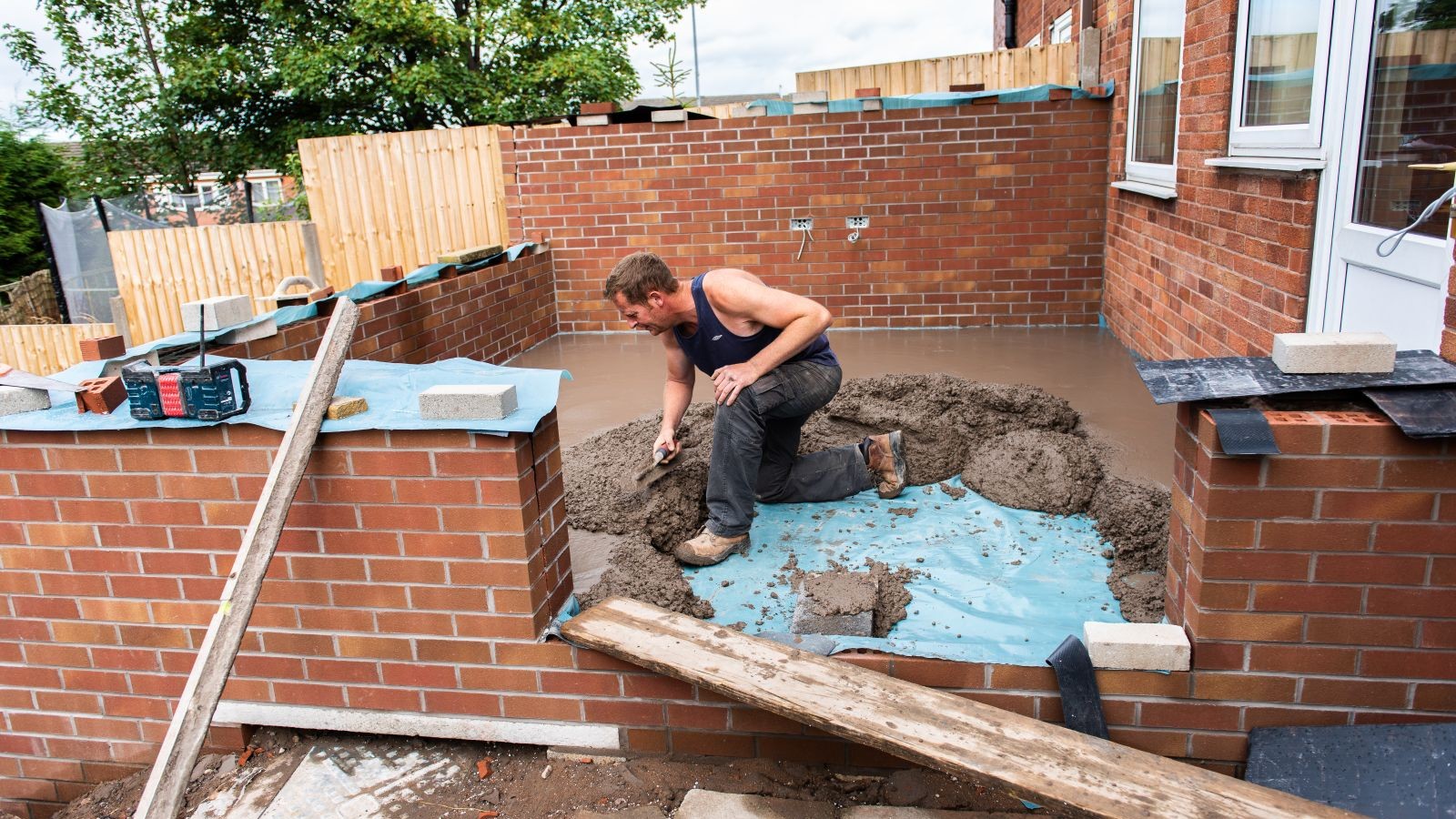How to Fit Skirting Boards: Give Your Home a Flawless Finish
If you're wondering how to fit skirting boards our guide is here to help — it is the smaller details such as this that can make all the difference to you home
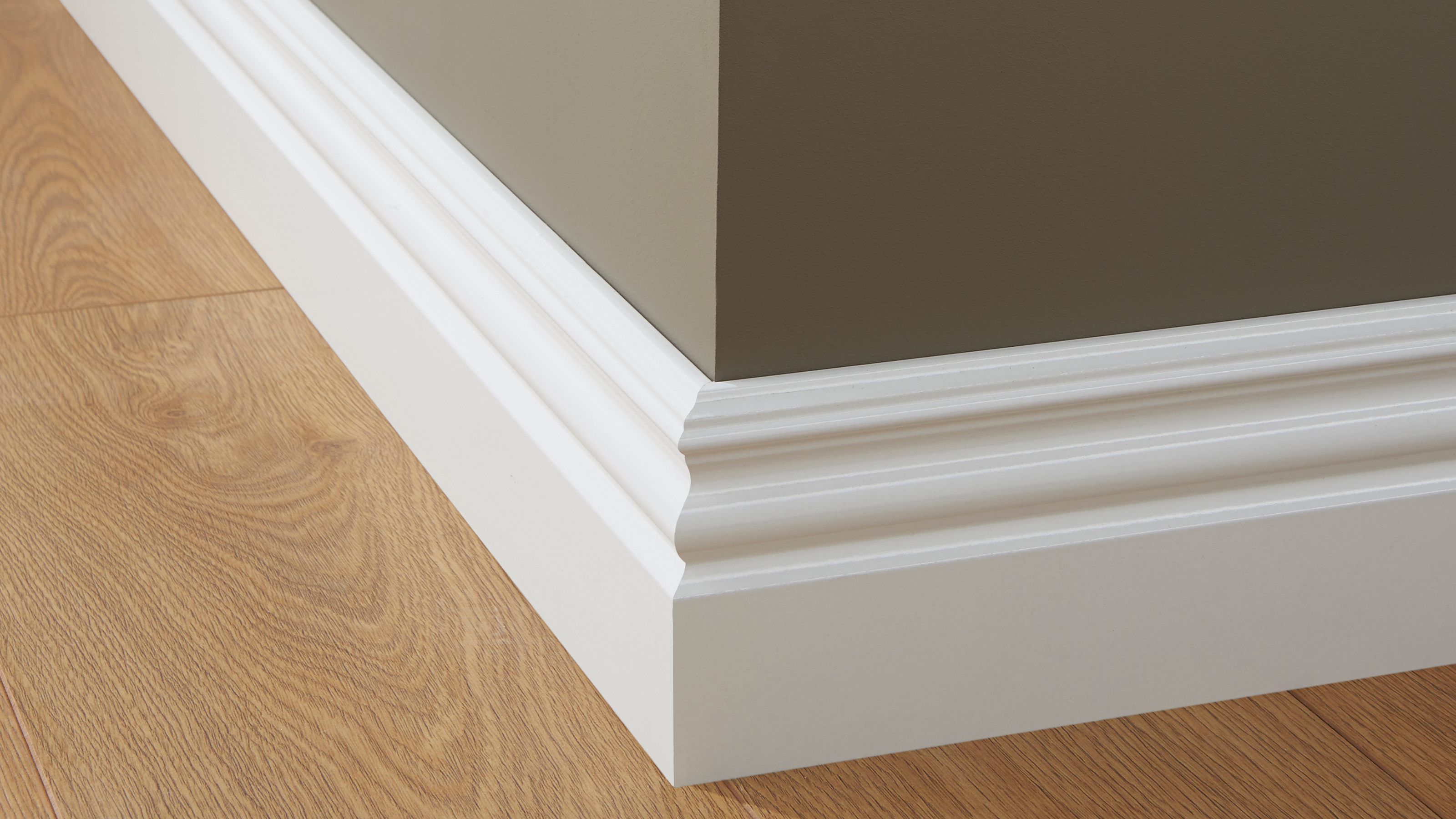
There are several reasons why knowing how to fit skirting boards can come in handy. Perhaps you have taken on a renovation project and need to reinstate missing sections of skirting, or maybe you are finishing off an extension or self build project.
Whatever the reason, for most DIYers, fitting skirting boards should not cause too much of a headache, providing you arm yourself with the right tools and practical knowledge.
Our simple step-by-step guide takes you through the whole process, from how to measure right up to the satisfying finishing touch of painting skirting boards.
One quick note, if you are planning to lay a new wooden or tiled floor, do this before you fit the skirting boards for the neatest finish. If, on the other hand, you’re carpeting the room, fit the skirting boards first. Carpet fitters like to have a clean, straight edge to work to and in the future you won’t have to tear the skirting boards off if you want to change the carpet.
How to Fit Skirting Boards in 12 Easy Steps
Once you have chosen the types of skirting boards you are having, you need to ensure you have all the right equipment for the job before you get started.
Tool List:
- Pencil
- Mitre saw or mitre box
- Coping saw
- Tape measure
- Hammer
- Silicone gun
Materials:
- Skirting board
- Screws
- Instant grab adhesive
- Decorator’s caulk
- Nails
- Screws
- Drill
- Wood filler
1. Begin by measuring up the area you are fitting out so that you know the skirting board sizes you require — and then add 20 per cent onto the total figure as a contingency for cuts.
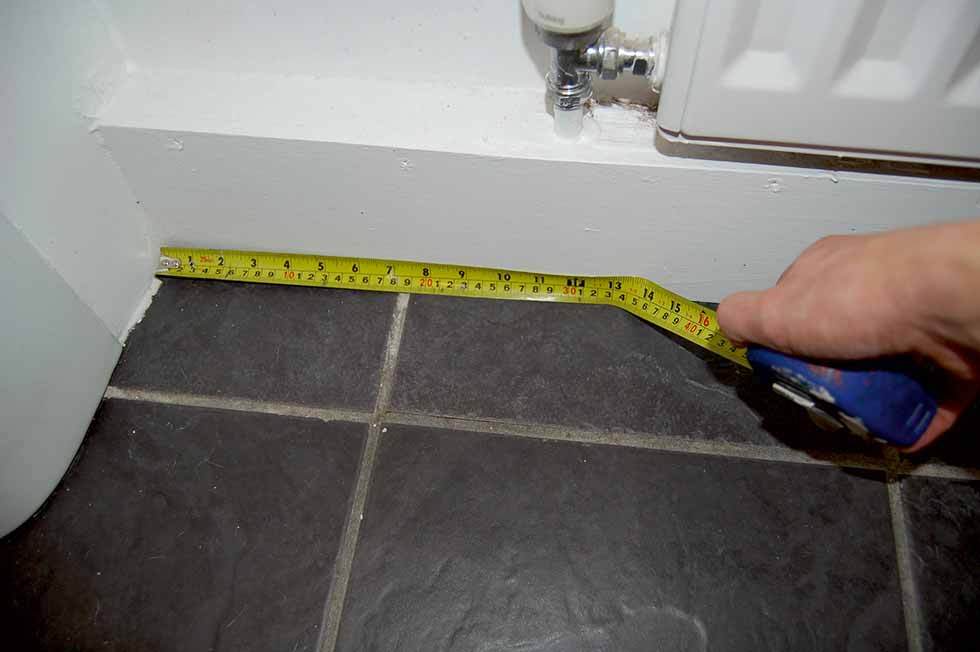
2. You may find that your skirting board ideas mean that your chosen skirting boards have a different profile on each side of the board. Decide on the profile that you are going to use and mark this face on all the boards with a pencil to prevent a mistake being made later on.

3. In order to give yourself a simple starting point, measure up, cut and fit (see steps 10 and 11) any pieces of board that can go in ‘square-edged’ on both ends (as in either side of a chimney breast, for example).
When it comes to cutting skirting boards, use a mitre saw (as shown) and mitre box to get a good straight cut.
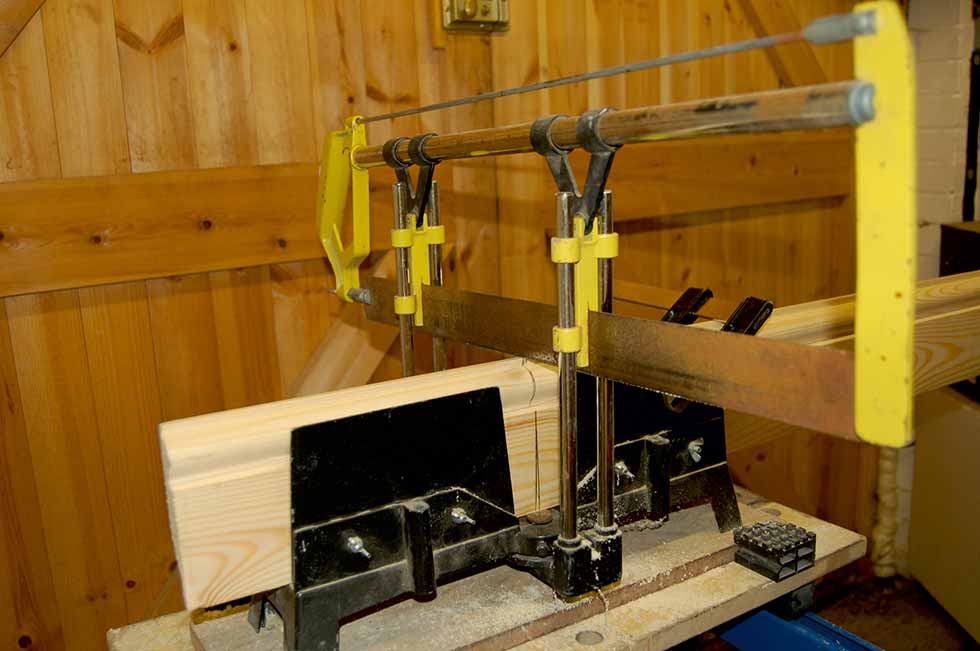
4. If you are working out from an internal corner then the next board to go in needs to be ‘scribed’ so it will slot into the board you have just fitted. To do this, first cut a 45 degree angle in the board using a mitre saw or mitre box.
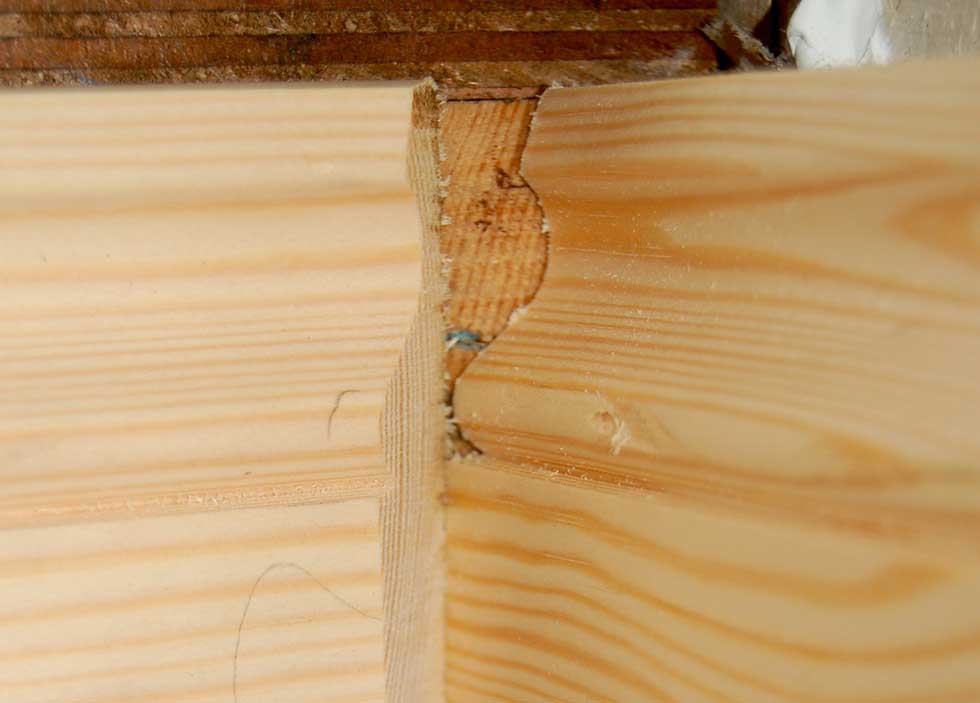
5. Use a coping saw to cut away the waste section of the mitre and you’ll be left with the profile of the skirting board, as can be seen above. If the moulding is fairly intricate it can take a bit of practice to get right — practice with some offcuts first.
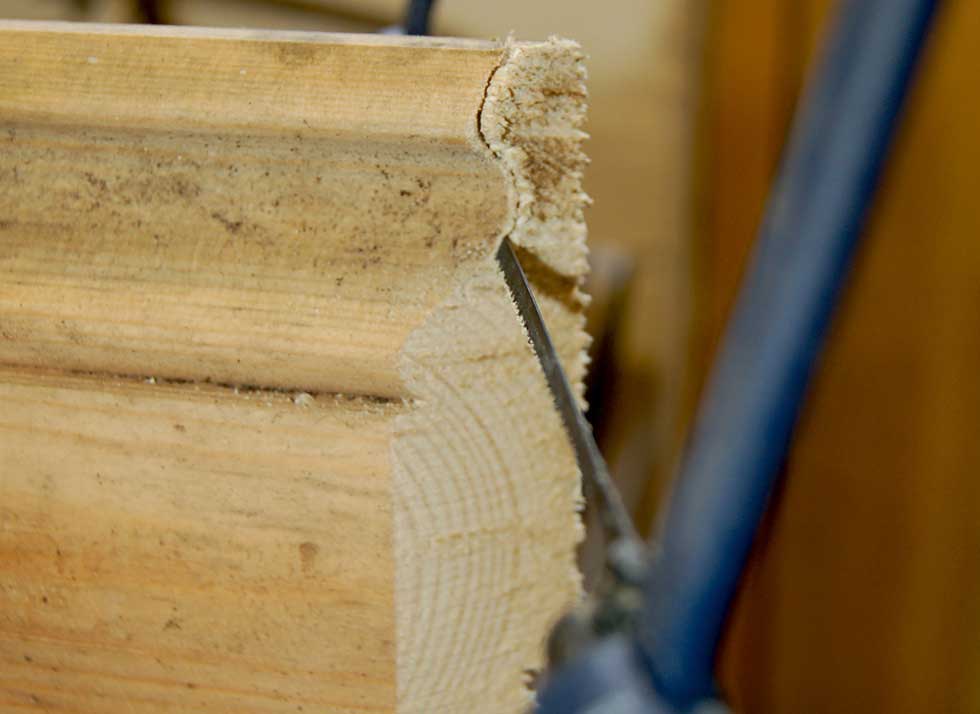
6. Check the fit of the two boards. If you’re happy with the way they look, you can cut or mitre the other end of the scribed board to length.
Plan the way your boards go in to avoid the need for a board with scribes at both ends. Scribing both ends of a board calls for extremely accurate measuring and cutting. By simply leaving one end of the board square and scribing the adjacent board (as can be seen below) into that, you instantly get round the problem.
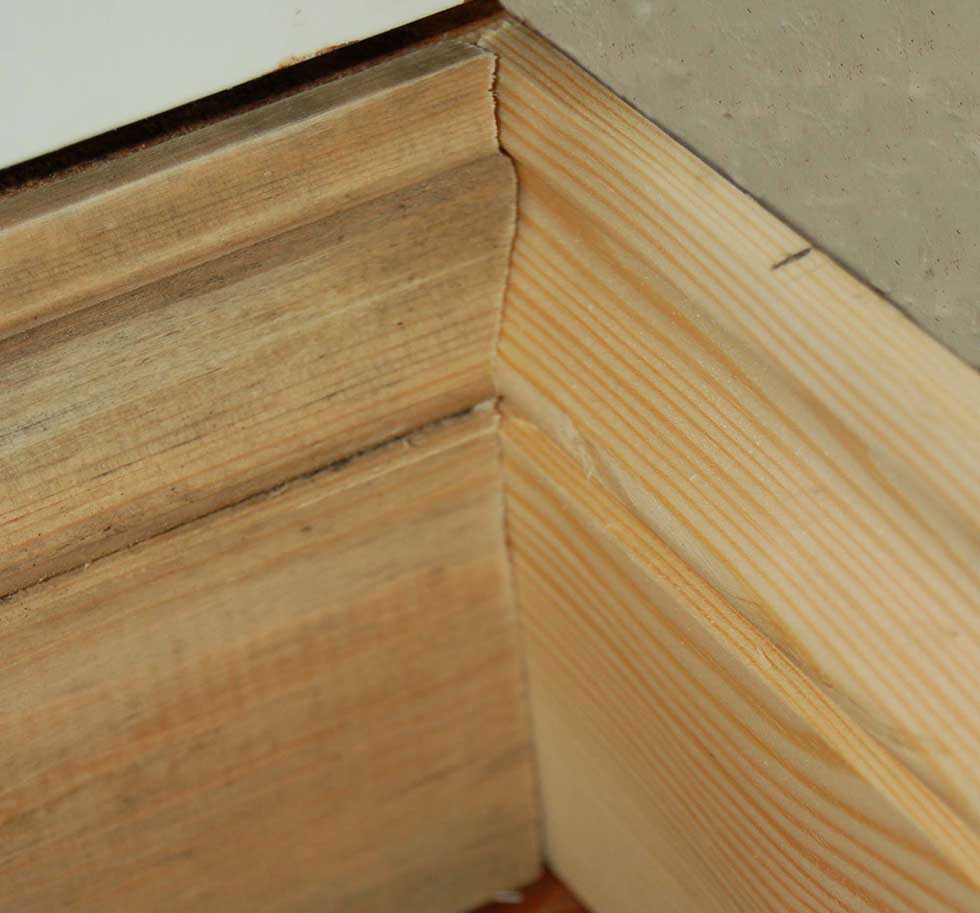
7. Where boards meet on an external corner they should be mitred at 45 degrees to form a neat joint. Measure to the corner and then mark this length on the back of the board to be cut.
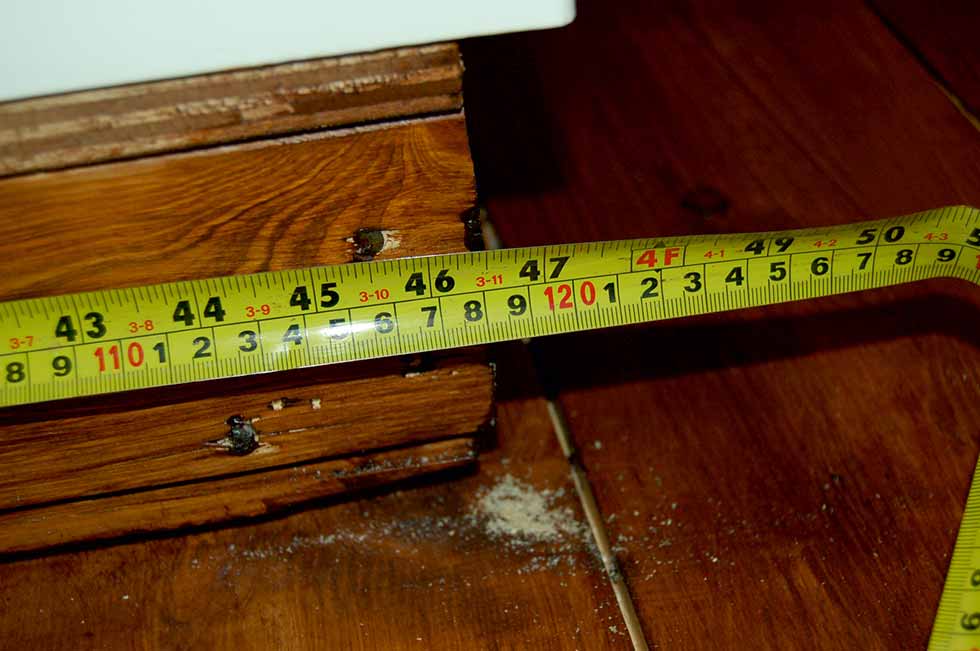
8. Place the board face out into the mitre saw, line the saw up with the mark you made in the last step and cut.
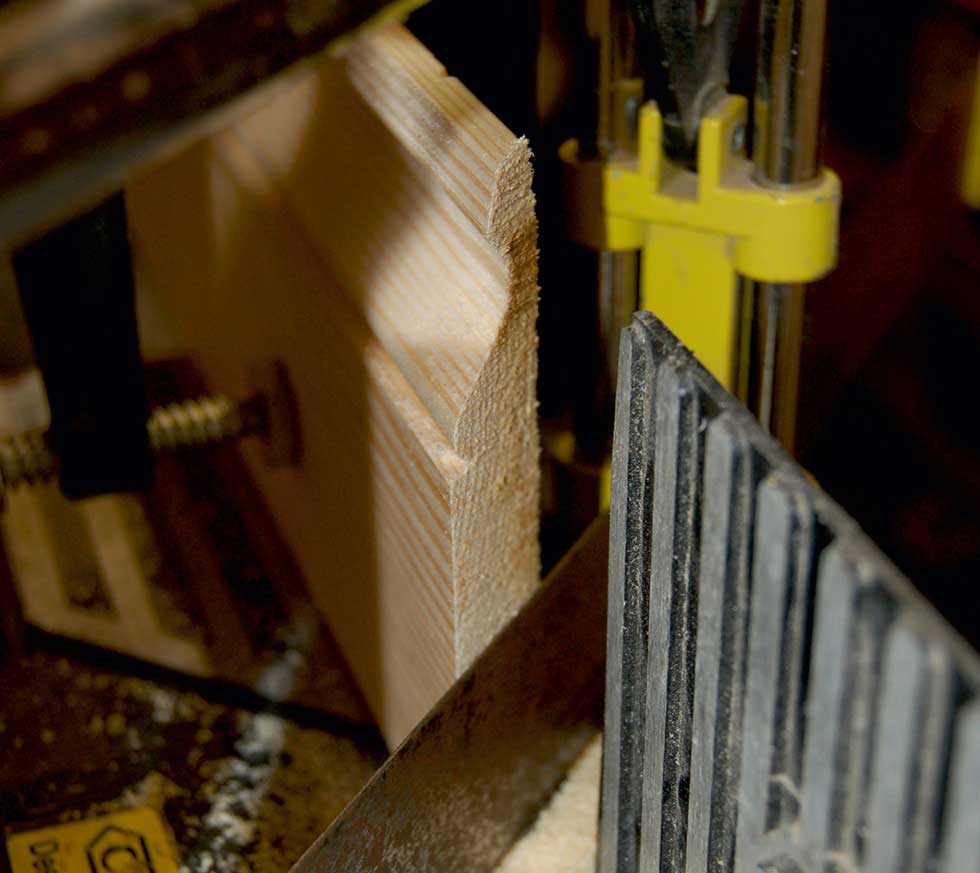
9. To create the opposite side of the mitre, follow steps 7 and 8 again but remember to cut the 45-degree angle in the opposite direction so the boards meet like in the picture below. With the mitre saw you create the opposite cut by moving the saw to the other side of its axis.
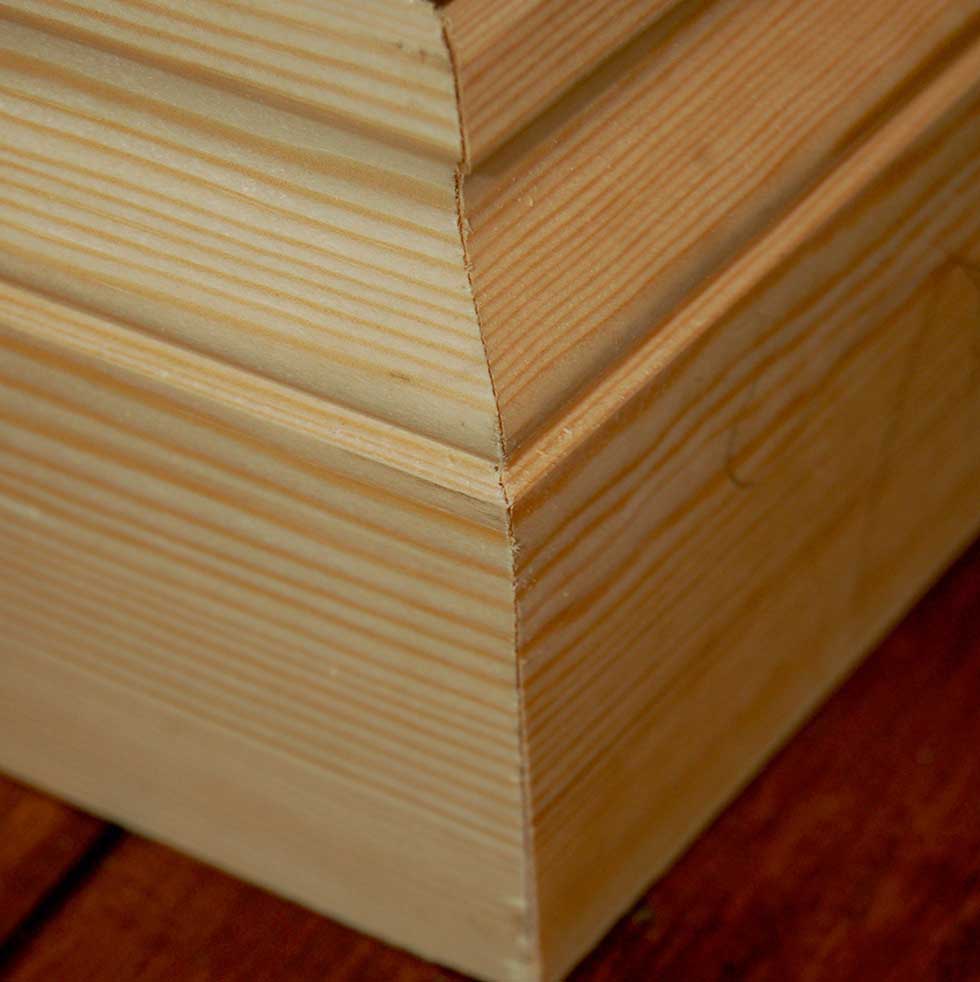
10. Fix the boards to the walls as you cut them to size, but fit mitred external corners in pairs so you can adjust them to fit together accurately.
Instant grab-type adhesive is one of the best ways of fixing boards, particularly in houses with plasterboard walls. To do this you can apply blobs of adhesive or run a couple of beads along the back of the board.
"How you fix it will depend on the substrate, so could be plugged and screwed or nailed. I find with modern drylining the easiest way is a combination of adhesive and a second fix nail gun fired into the plasterboard at opposite angles so they can’t pull out," advises builder Bruce Bendall.
Press the board firmly to the wall so the adhesive makes good contact, and wipe off any excess straight away.
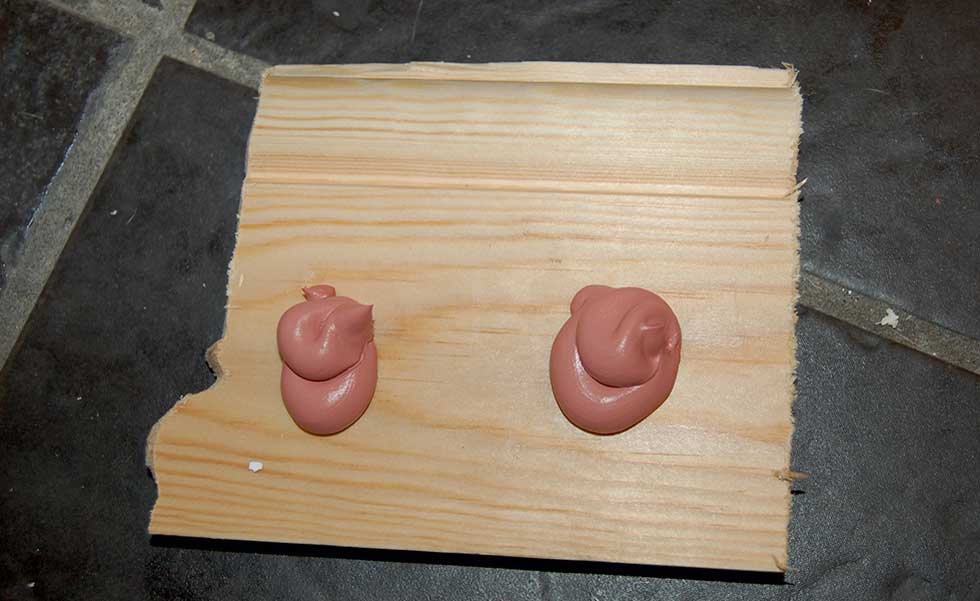
11. If you want to screw the boards to a plasterboard wall, mark the position of the wooden studs and then put a pilot drill through the skirting board and the wall at these points.
If you are fixing to a solid wall, run a pilot drill through the skirting board to mark the wall behind every 600mm. Drill and rawlplug these holes. Before you insert the screws, countersink the holes with a larger drill bit so the screw heads will disappear when fixed. Screws should be long enough to go through the board and at least 30mm into the wall or studs behind.
Use wood filler to cover over the countersunk screw holes before using the best skirting board paint you can find to finish them off beautifully.
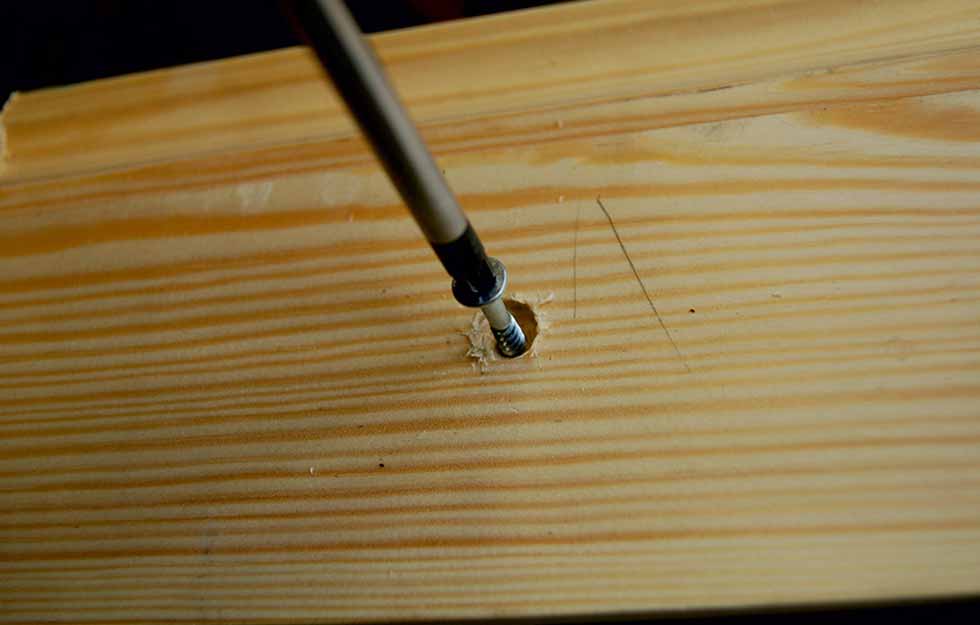
12. Any gaps between the wall and the top of the skirting board can be filled with decorators' caulk. For a neat finish, run a damp finger along the join. (Find out more in our how to use decorators' caulk guide.)
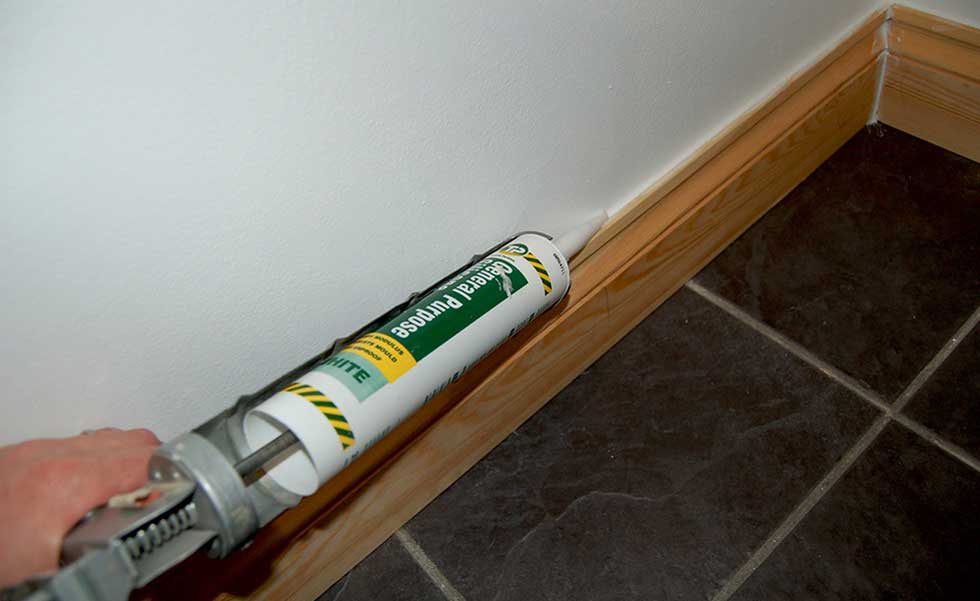
Get the Homebuilding & Renovating Newsletter
Bring your dream home to life with expert advice, how to guides and design inspiration. Sign up for our newsletter and get two free tickets to a Homebuilding & Renovating Show near you.
Ben is a writer and a keen DIYer, and has undertaken a multiple of tasks from installing loft insulation, tiling, painting windows to fitting garden fences and reviving period fireplaces. He has also converted his loft on a DIY basis.
